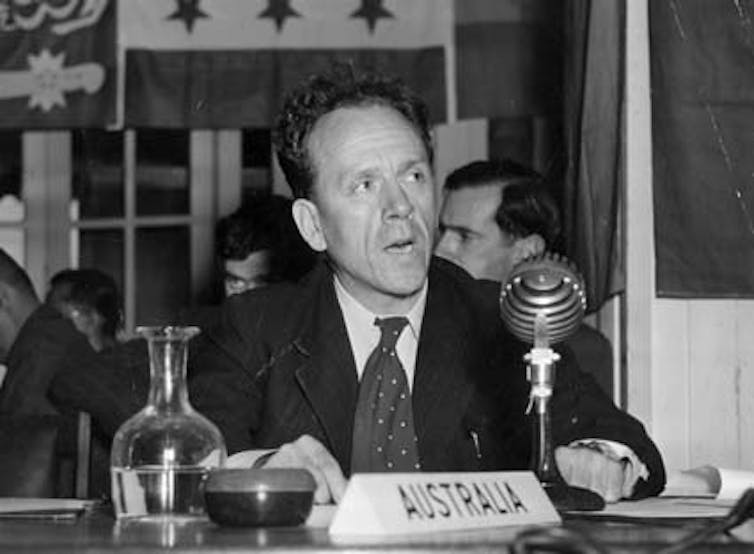OPINION Rebuilding Australia: what we can learn from the successes of post-war reconstruction
There is a case to be made for a new Commonwealth agency to lead the recovery effort, built on the model of the Department of Post-War Reconstruction after the second world war.


